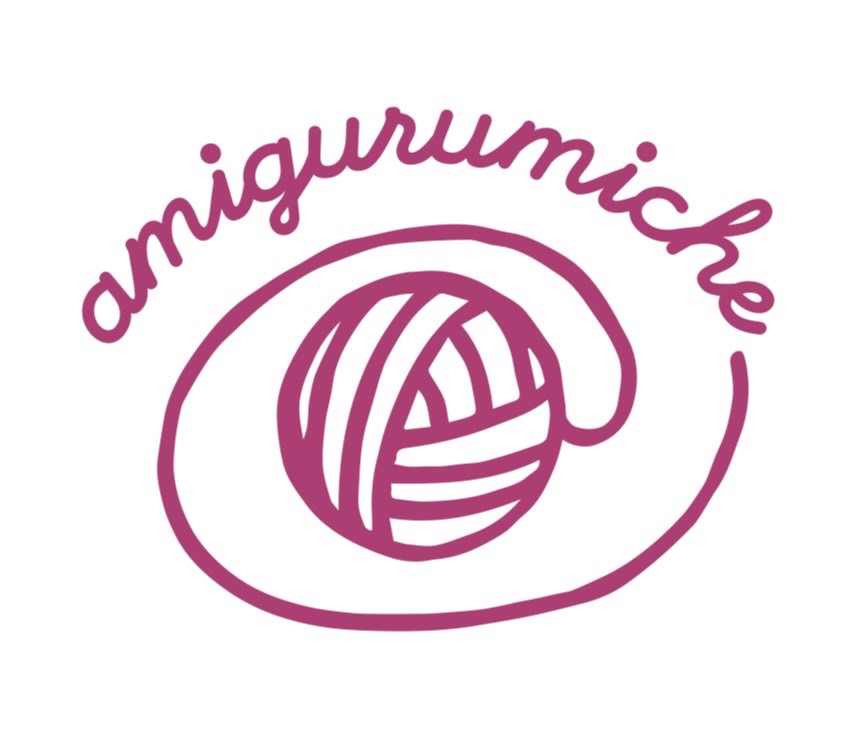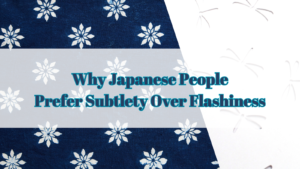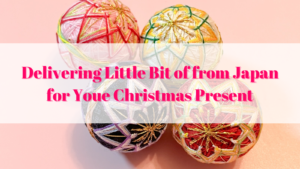I’m planning to incorporate “wagara” (traditional Japanese patterns) into some of the keychains I’m currently making. While researching these patterns, I found it fascinating that each has its own meaning, and I hope you enjoy discovering their meanings as well☆
For information about the keychains, please see the article below♪
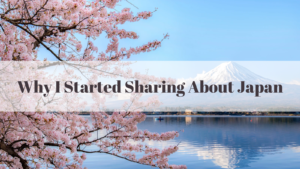
What is Wagara?
Wagara are traditional Japanese patterns arranged in regular sequences, also known as “wamoyo.”
They are used in various contexts, from traditional crafts to yukata, decorative papers, wallpapers, and tiles. These patterns feature geometric designs that abstractly capture natural elements, along with motifs inspired by animals and plants, revealing the depth of Japanese cultural artistry.

Representative Patterns and Their Meanings
These patterns contain prayers and wishes for abundant harvests, good fortune, health and longevity, success in studies and arts, and family prosperity. Here are some representative wagara patterns☆
Arrow Pattern (Yagasuri)
A repeating pattern of arrow feathers.
It became extremely popular among female students during the Taisho era. Even today, you can often see women wearing kimonos and hakama with this pattern at university graduation ceremonies. Since arrows fly straight and never return, this pattern was sometimes included in bridal trousseau, symbolizing the wish for the bride’s lasting happiness and departure from her family home.”

Hemp Leaf (Asanoha)
A pattern formed by connecting the vertices of regular hexagons.
It’s said to be named after its resemblance to hemp leaves. Since hemp grows quickly and is strong, this pattern is often used in children’s kimonos with the wish for “healthy growth.”
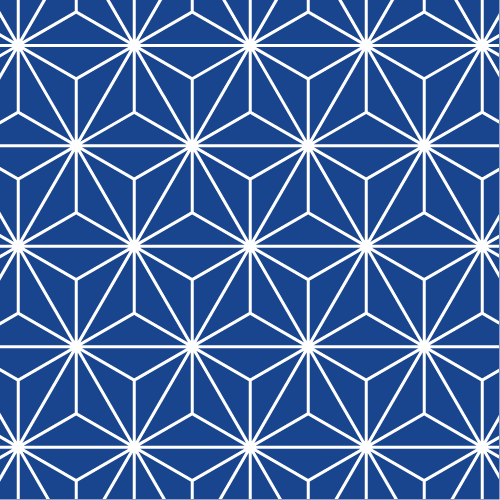
Ocean Waves (Seigaiha)
A pattern of repeating concentric circles resembling waves.
It was named after an ancient Japanese dance music. Looking like endlessly spreading gentle waves, it carries the prayer for “eternal peaceful living.”
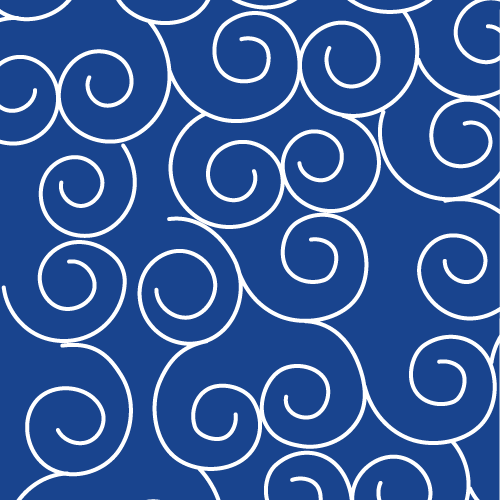
Checkered (Ichimatsu)
A pattern of alternating squares in two colors. Also called “ishidatami” (stone pavement).
It was named after a Kabuki actor from the Edo period who used it in his costumes. This pattern was also used in the Tokyo 2020 Olympic Games emblem. As it continues without interruption, it carries the wish for “continued prosperity.”

Waves (Nami)
A circular pattern that captures the various forms of waves.
The image of gentle waves continuing endlessly represents a prayer for “eternal tranquility.” It’s recommended for wedding gifts as it carries wishes for continuing peaceful days.
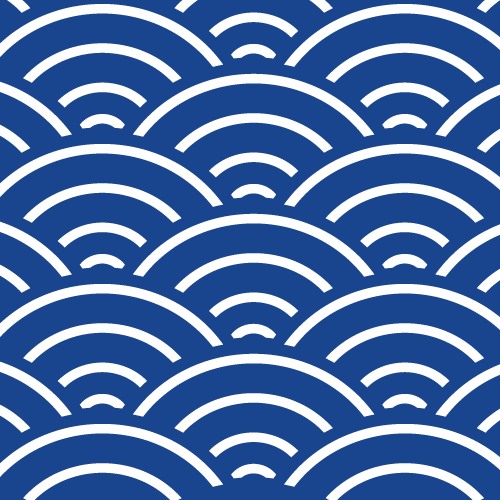
Chrysanthemum (Kiku)
The chrysanthemum, which is also the Imperial crest, is said to have been introduced from China during the Nara period as a medicinal herb.
With its appealing appearance, color, and fragrance, this pattern symbolizes “immortality,” “longevity,” and “good health” due to the flower’s medicinal properties. Its radiating petals resemble the sun, giving it the power to “ward off evil spirits.”
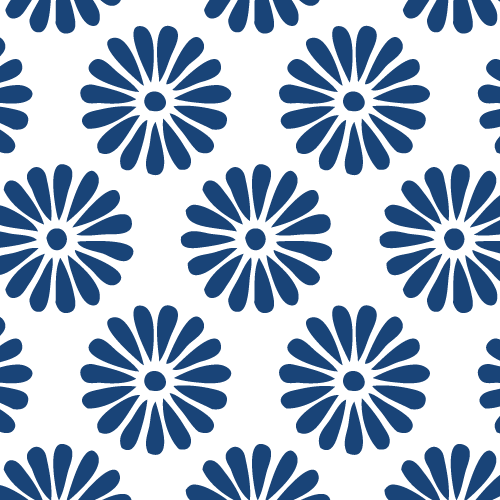
Tortoiseshell (Kikko)
The continuous hexagonal pattern represents a turtle’s shell.
As it’s based on the long-living turtle, it has been passed down as an auspicious pattern symbolizing “longevity.” It was particularly popular from the Heian to Kamakura periods and was used in court nobles’ furnishings and mystical items.
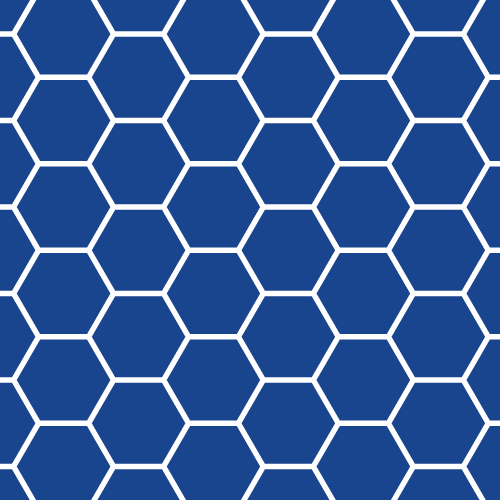
The Wagara Patterns Being Delivered to Australia…
From the patterns introduced above, I’ve randomly printed five different designs on the back of the kanji charms☆
The specific patterns chosen will be♡ a delightful surprise when you receive them in person♪
I hope to hand these pieces to you at Sydney Town Hall on December 14, 2024.
